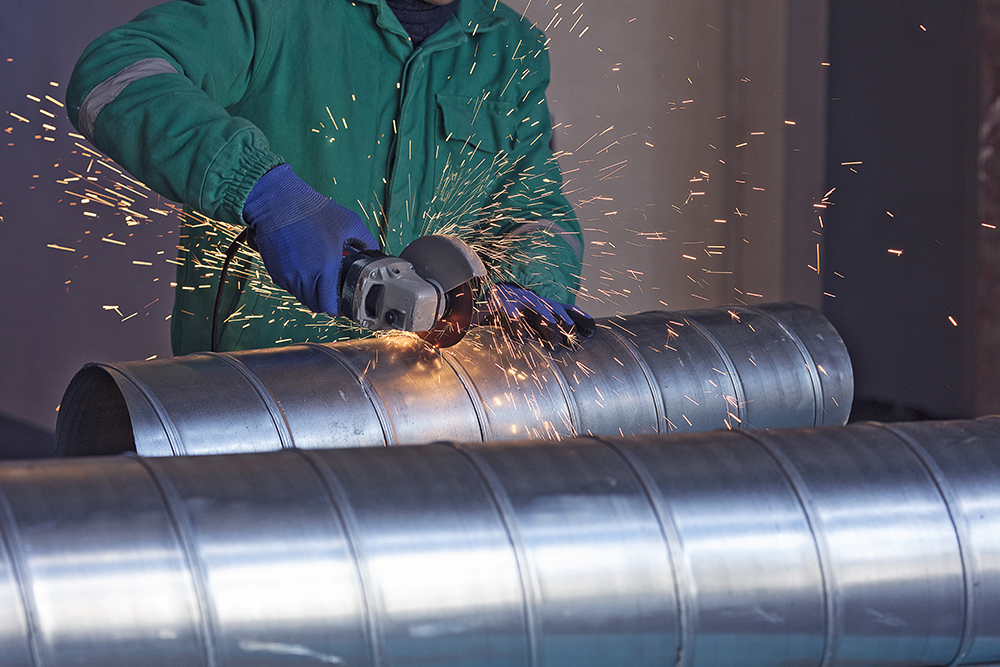Heat exchange systems are critical in industries ranging from HVAC to power generation and chemical processing. Among the components that make these systems work efficiently, finned tubes stand out as a game-changing innovation. By enhancing heat transfer, reducing energy costs, and optimizing system performance, finned tubes have become a staple for businesses seeking sustainability and efficiency.
What Are Finned Tubes?
Finned tubes are specialized components designed to improve heat transfer between fluids or gases in heat exchangers. They feature extended surfaces, or “fins,” attached to the tube body. These fins increase the surface area available for heat transfer, allowing the system to move thermal energy more effectively.
The Core Benefits of Finned Tubes
1. Enhanced Heat Transfer Efficiency
The primary advantage of finned tubes is their ability to significantly boost heat exchange efficiency. By increasing the surface area, finned tubes enable faster heat dissipation, which is especially critical in compact systems or when dealing with limited space. This improved thermal conductivity can lead to more consistent temperatures and better overall performance.
2. Energy Savings
Finned tubes allow systems to achieve the same level of heat transfer using less energy. With reduced energy requirements, companies can lower operational costs while minimizing their carbon footprint, meeting both financial and environmental goals. This makes finned tubes an ideal choice for industries focusing on sustainability.
3. Compact System Design
Thanks to their high efficiency, finned tubes make it possible to design smaller, lighter heat exchangers without compromising performance. This compactness is crucial for applications where space is limited, such as in automotive or aerospace industries.
4. Durability and Longevity
Modern finned tubes are constructed using robust materials like stainless steel, aluminum, and copper, ensuring long service life even under harsh operating conditions. This durability reduces maintenance needs and downtime, making them a cost-effective choice over the long term.
5. Versatility Across Applications
Finned tubes are incredibly versatile. They can be customized for use in air-cooled heat exchangers, boilers, condensers, and evaporators. Their adaptability makes them suitable for a wide range of industries, including power plants, petrochemical facilities, and HVAC systems.
Why Choose Finned Tubes Over Plain Tubes?
While plain tubes may seem like a simpler option, their heat transfer capabilities are limited. The fins in finned tubes create turbulence in the airflow or fluid movement, breaking up thermal boundary layers and increasing the rate of heat transfer. This means that a heat exchanger with finned tubes can achieve superior performance without requiring excessive space or material.
Common Types of Finned Tubes
- Extruded Finned Tubes: Known for their durability, these tubes feature fins that are mechanically bonded to the base tube.
- Embedded Finned Tubes: Ideal for high-temperature applications, the fins are embedded into grooves for maximum heat transfer.
- L-Footed Finned Tubes: These offer excellent thermal conductivity and are commonly used in HVAC applications.
Key Considerations for Using Finned Tubes
- Material Compatibility: Ensure the finned tube material aligns with the fluids and temperatures involved. For example, copper is excellent for thermal conductivity, while stainless steel excels in corrosive environments.
- System Design: Properly sizing and configuring the finned tubes is essential for achieving optimal performance. Consult with a heat exchange specialist for accurate calculations.
- Maintenance Requirements: While finned tubes are durable, periodic cleaning and inspection can extend their lifespan and maintain efficiency.
How to Maximize the Benefits of Finned Tubes
- Work with Experienced Manufacturers: Choose suppliers with a proven track record for quality and innovation.
- Customize for Your Needs: Tailor the finned tube design to your specific operating conditions.
- Regularly Monitor Performance: Use predictive maintenance tools to ensure the system operates at peak efficiency.
Final Thoughts
In today’s industrial landscape, efficiency and sustainability are more important than ever. Finned tubes provide a practical solution for maximizing heat transfer, reducing energy consumption, and extending the lifespan of heat exchange systems. Whether you’re upgrading an existing system or designing a new one, incorporating finned tubes can deliver measurable benefits that enhance performance and reduce costs.
By integrating finned tubes into your heat exchange system, you can achieve optimal efficiency, save energy, and boost long-term reliability. Their versatility, compact design, and robust construction make them an essential component for industries striving to meet modern demands.
Looking to upgrade your heat exchange system? Explore how finned tubes can revolutionize your operations today!









